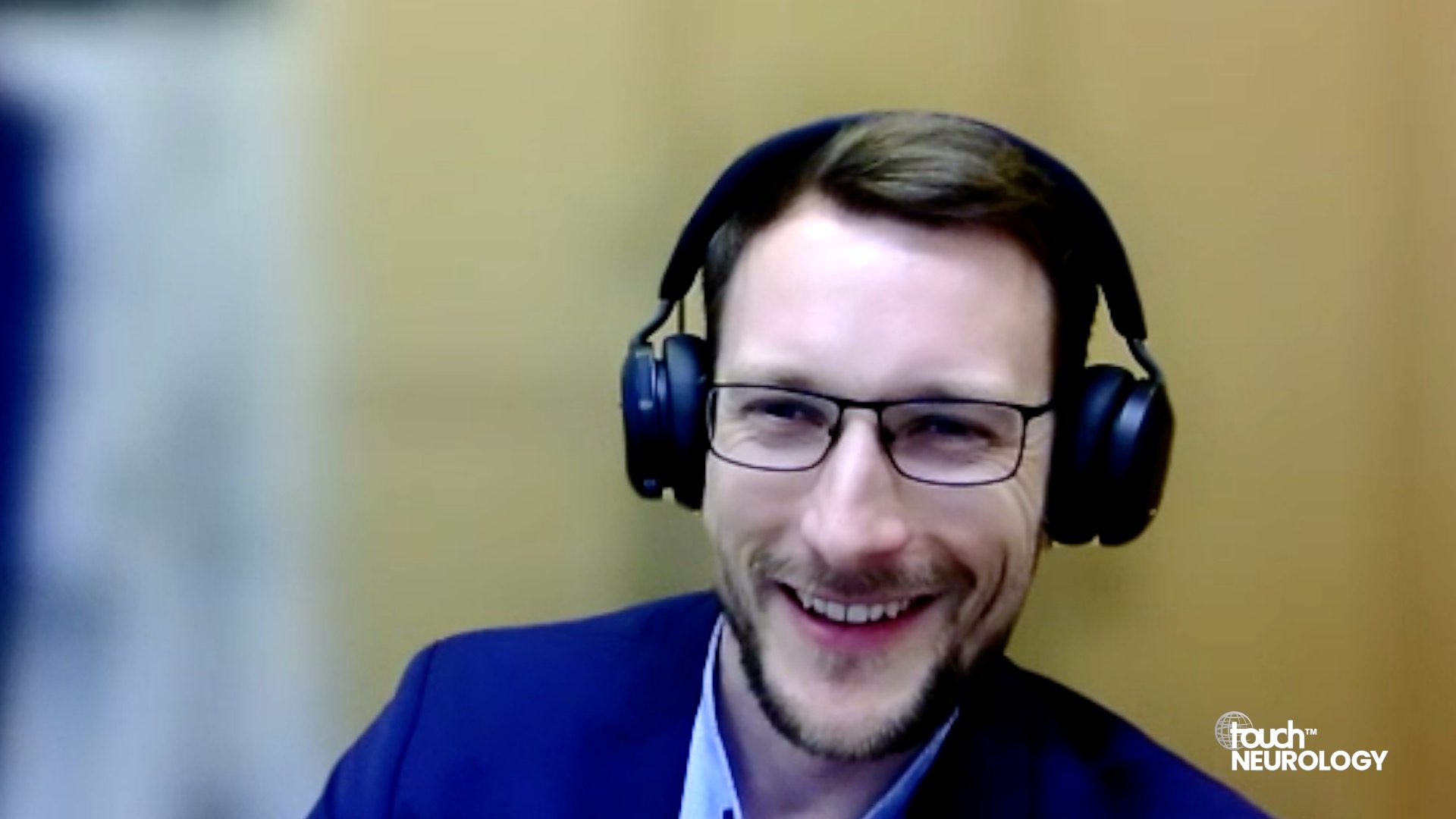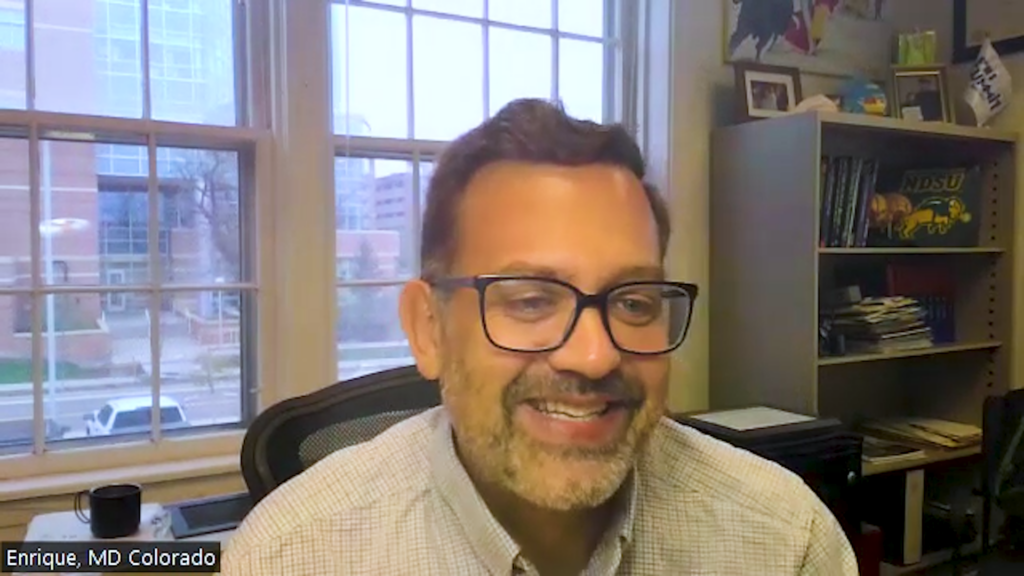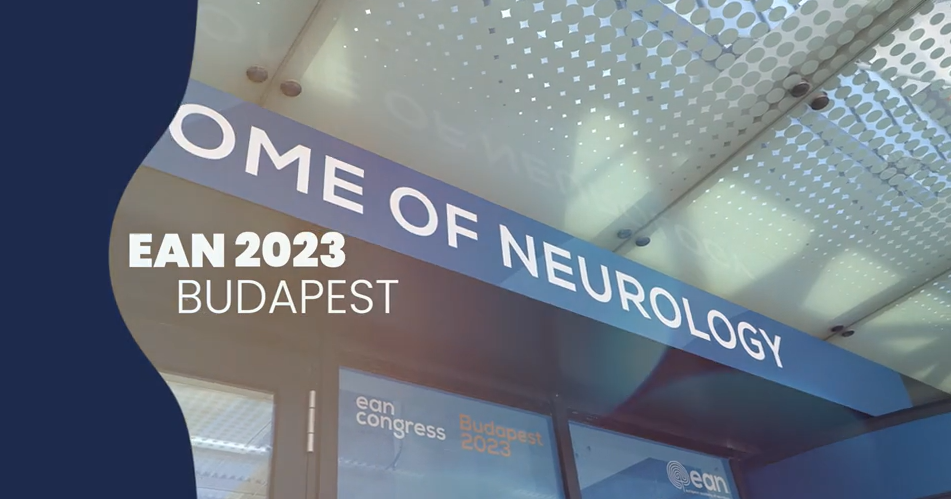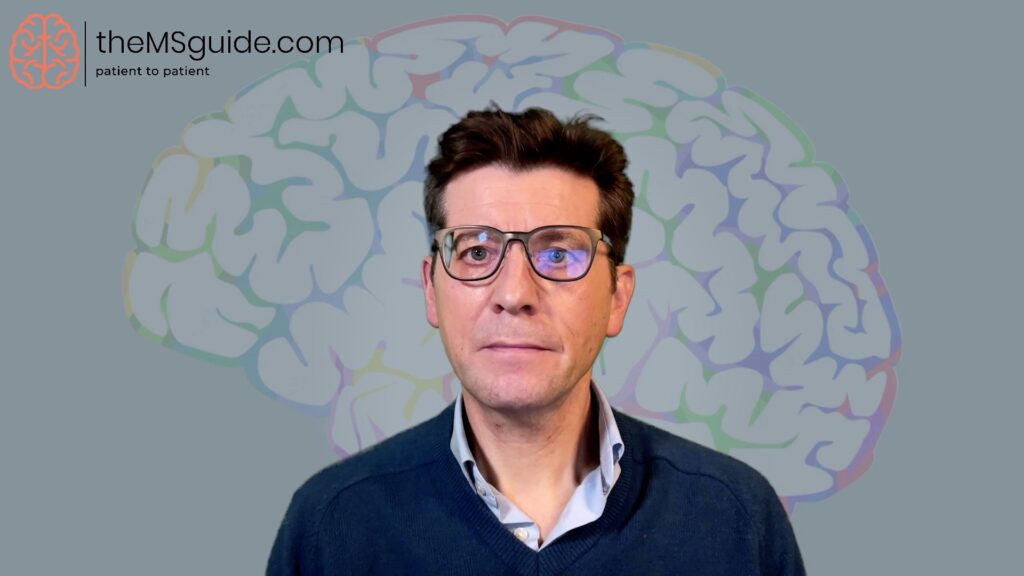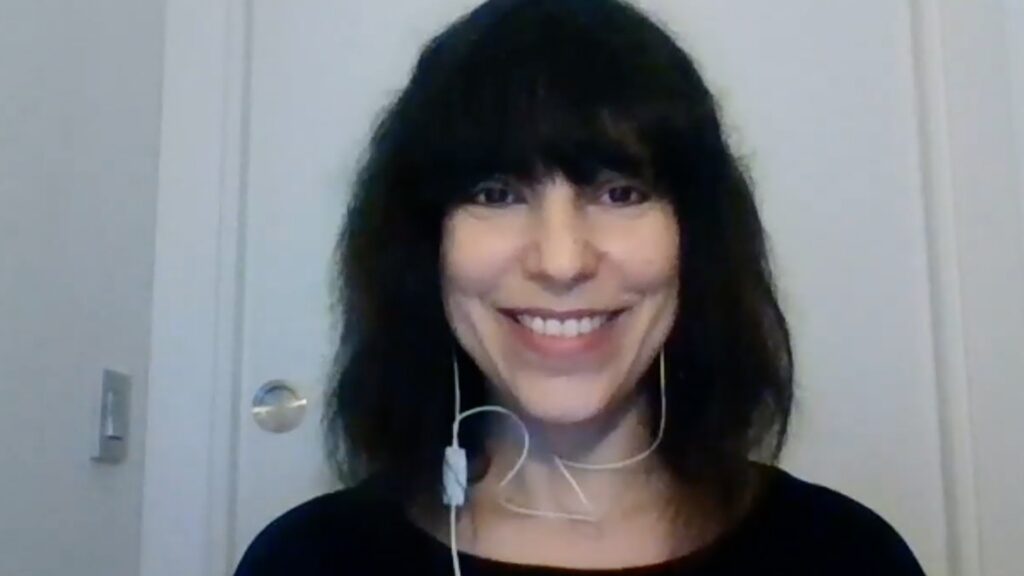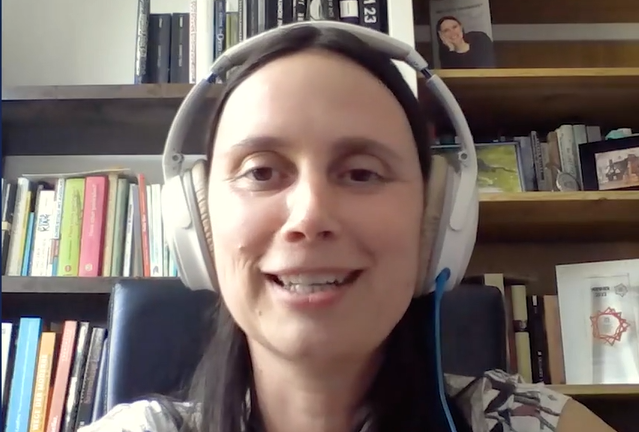Ann Yeh reviews the difference between the clinical course of paediatric MS and adult-onset MS and discusses the MS treatments approved for paediatric use.
Ann Yeh reviews the difference between the clinical course of paediatric MS and adult-onset MS and discusses the MS treatments approved for paediatric use.
FILMED AT THE EUROPEAN COMMITTEE FOR TREATMENT AND RESEARCH IN MULTIPLE SCLEROSIS (ECTRIMS) ANNUAL MEETING, SEPTEMBER 2016
PLEASE INTRODUCE YOURSELF AND YOUR RESEARCH INTERESTS
00:11 – So my name’s Ann Yeh. I’m a neurologist, a child neurologist at the Hospital for Sick Children in Toronto in Canada. And my research interests are related to children with paediatric MS in, specifically, outcomes, physical activity, wellness and, as well, I dabble in other things related to the eye, to visual outcomes, and to therapies.
HOW DOES THE CLINICAL COURSE OF PAEDIATRIC MS DIFFER FROM ADULT-ONSET MS?
00:44 – That’s a very good question. So children with paediatric MS tend to have severe disease at onset, and many people have looked at differences at onset and found that there are more relapses and, as well, the burden of disease is higher at the beginning. Importantly, the course of the disease is different in that the secondary progressive phase seems to come a little bit later, but it does come quite early on in the 30s.
WHICH MS TREATMENTS ARE APPROVED FOR PAEDIATRIC USE?
01:19 – So there are no disease-modifying therapies which are approved for children with MS. Nonetheless, they do work for kids with MS and we use them – they’re widely used – and, as well, they seem to be effective.
WHAT OTHER DEMYELINATING DISORDERS ARE MOST COMMON IN CHILDREN?
01:38 – Paediatric MS is only one of many inflammatory disorders of the central nervous system in children. The most commonly discussed one is… another illness is acute disseminated encephalomyelitis. There are other new phenomena that are being talked about, like MOG- antibody associated encephalitis or optic neuritis ADEM with MOG, and of course, there are things that are the same as in the adult population; clinically isolated syndromes.
HOW CAN PAEDIATRIC MS BE DISTINGUISHED FROM OTHER DEMYELINATING DISORDERS?
02:15 – So paediatric MS has, as in the adult population, has very characteristic appearance on MRI. So following this diagnostic criteria, there is a very clear way to distinguish kids with MS from other kids, and that has to do with lesion localisation, recurrence and other ancillary testing like oligoclonal bands.

